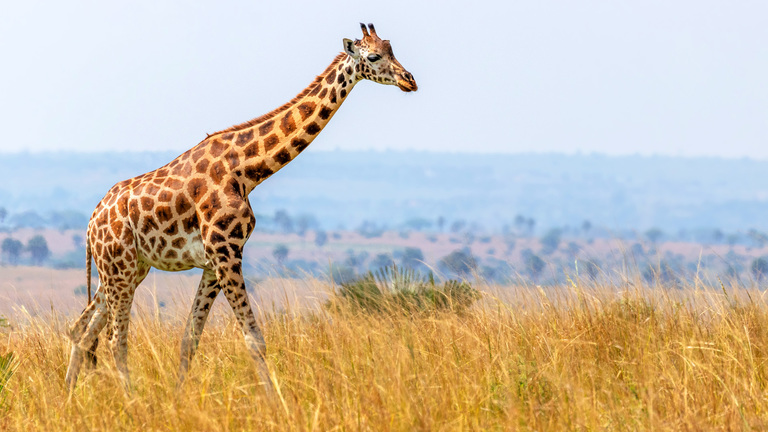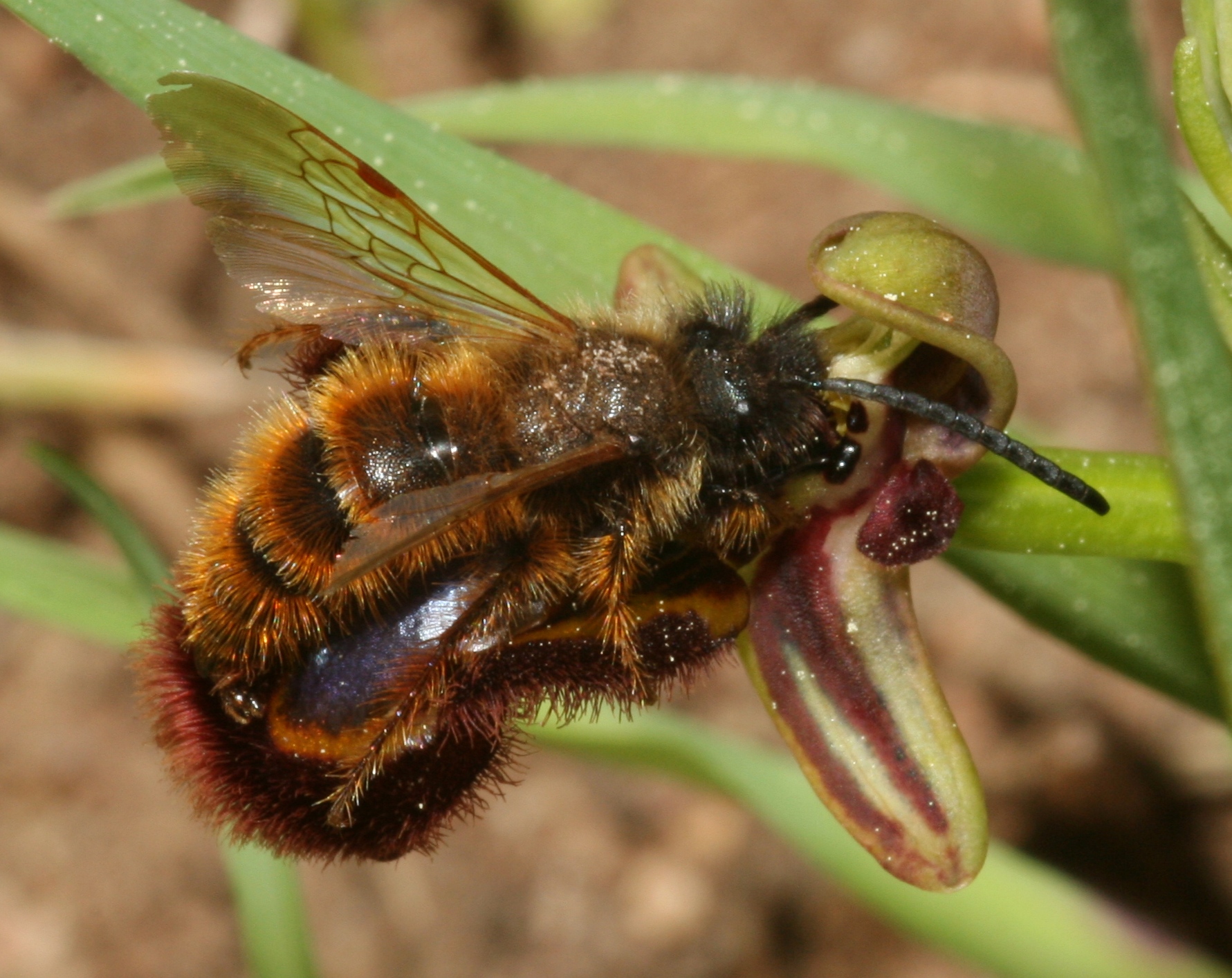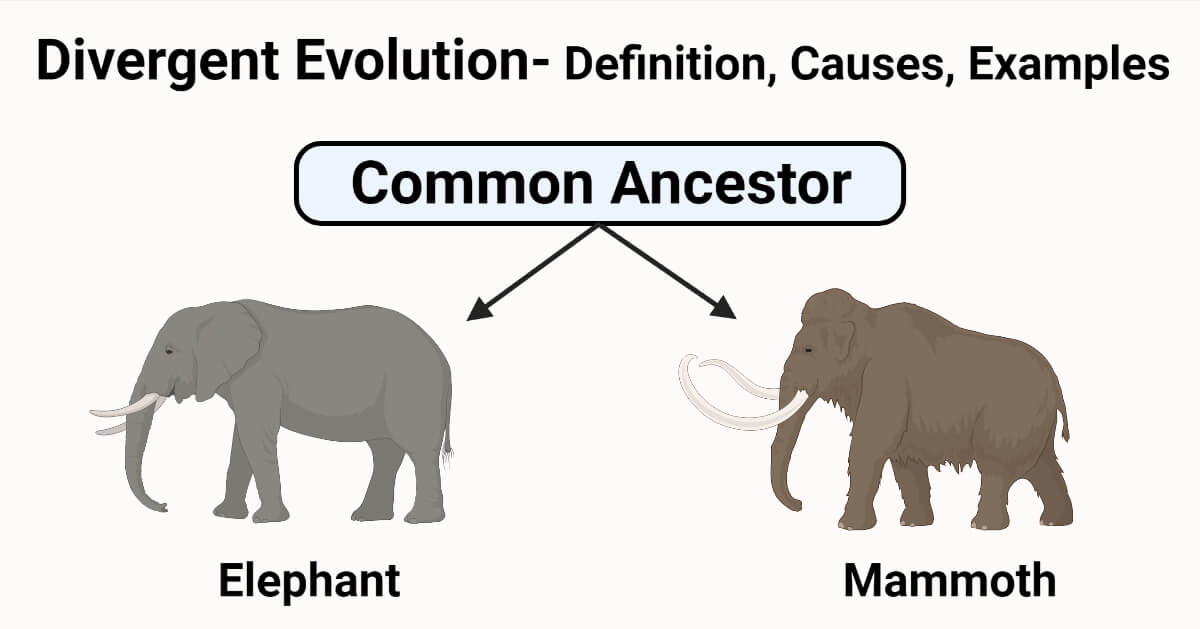What is Evolution?
Explain the basic concept of evolution in your own words.
Evolution is the process by which species change over time due to genetic variations and natural selection.
What is natural selection?
Describe the process in simple terms.
Natural selection is the process where organisms with traits better suited to their environment are more likely to survive and reproduce, passing those advantageous traits to their offspring.
What is an adaptation?
Give a brief definition and example.
An adaptation is a characteristic that enhances an organism's ability to survive and reproduce in its environment; for example, camouflaged fur in a snow leopard helps it blend into snowy habitats.
What is convergent evolution?
Provide a definition and an example.
Convergent evolution is when unrelated organisms independently develop similar traits due to facing similar environmental challenges, such as the wings of bats and birds both evolving for flight.

What is a fossil, and how does it provide evidence for evolution?

A fossil is the preserved remains or traces of ancient organisms, and it provides evidence for evolution by showing how species have changed over time and how different species are related through transitional forms.
Who was the first person to discover evolution, how did they do it, and what did they observe?
Charles Darwin is credited with discovering evolution through his theory of natural selection, developed from observations of diverse species and their adaptations on the Galápagos Islands, where he noted variations in traits like beak size in finches that indicated adaptation to different ecological niches.

What role does selective pressure play in natural selection?
Explain with an example of a selective pressure.
Selective pressure, such as predation or competition, favors individuals with traits that enhance their survival or reproduction; for example, faster gazelles are less likely to be caught by predators.
What is the difference between a structural adaptation and a behavioural adaptation?
Provide an example of each.
A structural adaptation involves physical features like a giraffe's long neck for reaching high leaves, while a behavioural adaptation involves actions like migratory patterns in birds to find food and suitable breeding conditions.

What is divergent evolution?
Explain with an example of how species diverge from a common ancestor.
Divergent evolution is the process where related species evolve different traits or characteristics due to adaptation to different environments, such as the varying beak shapes of Darwin's finches, which evolved from a common ancestor to exploit different food sources on the Galápagos Islands.

What is a homologous structure?
Provide an example and explain how it supports evolutionary theory.
A homologous structure is an anatomical feature that is similar in different species due to shared ancestry; for example, the forelimbs of humans, whales, and bats have similar bone structures, indicating a common evolutionary origin.
How does genetic variation contribute to the process of evolution?
Describe the role of genetic variation in a population.
Genetic variation provides the diversity of traits in a population, allowing natural selection to favor beneficial traits and drive evolutionary change.
How does artificial selection differ from natural selection?
Compare the two processes.
Artificial selection is driven by human choice to breed organisms with desired traits, whereas natural selection is driven by environmental pressures that favor survival and reproduction.
Explain how physiological adaptations help organisms survive in extreme environments.
Use a specific example, like animals in the desert or Arctic.
Physiological adaptations, such as the ability of Antarctic fish to produce antifreeze proteins, help organisms cope with extreme temperatures and maintain their bodily functions.
How does co-evolution work?
Provide an example of two species that have evolved together.
Co-evolution occurs when species influence each other's evolution, such as bees and flowering plants, where both evolve traits that benefit their mutual interaction.

What is an analogous structure?
Compare it to a homologous structure and provide an example.
An analogous structure is a feature that serves a similar function in different species but evolved independently; for example, the wings of insects and birds are analogous because they perform the same function but do not share a common ancestry.
What is the role of mutations in evolution?
Explain how mutations can lead to changes in a species over time.
Mutations introduce new genetic variations, some of which can lead to advantageous traits that contribute to the evolution of a species.
Explain how natural selection could lead to a population developing a new trait.
Use a real or hypothetical example.
If a population of beetles experiences a shift to a darker environment, those with darker coloration may be less visible to predators and thus more likely to survive and reproduce, leading to an increase in the trait over time.
How could a structural adaptation increase an organism's chance of survival?
Provide an example and explain its evolutionary advantage.
The webbed feet of a duck allow it to swim efficiently, providing an evolutionary advantage by improving its ability to find food and evade predators in aquatic environments.
In the Galápagos Islands, different species of giant tortoises have evolved distinct shell shapes depending on the vegetation available on their specific island, with some having dome-shaped shells and others having saddle-shaped shells.
What type of evolution is illustrated by the giant tortoise example, and how does it reflect the concept of evolutionary change?
The giant tortoise example illustrates divergent evolution, where different populations of the same species evolve distinct traits in response to varying environmental conditions.
How does molecular biology (DNA analysis) provide evidence for evolution?
Explain how scientists use DNA to trace evolutionary relationships.
Molecular biology uses DNA analysis to compare genetic sequences between species, revealing how closely related they are and providing insights into their evolutionary history.
What factors trigger divergent evolution in a species?
Discuss how environmental changes or isolation can lead to the rapid evolution of new species.
Divergent evolution in a species is triggered by factors like environmental changes or isolation, which create different selection pressures and lead to the rapid evolution of new species through adaptation to distinct niches.

How might artificial selection have unintended consequences in agriculture?
Discuss potential drawbacks or risks of artificial selection.
Artificial selection can lead to reduced genetic diversity and increased susceptibility to diseases or pests, as seen with crops bred for uniformity that lack resilience to environmental changes.
Describe a real-world scenario where a behavioral adaptation is more beneficial than a structural one.
Discuss the advantage it provides in a specific environment.
The nocturnal behavior of desert animals, like the fennec fox, reduces exposure to extreme daytime temperatures, providing a survival advantage by conserving water and avoiding predators.
How can convergent evolution lead to similar traits in unrelated species?
Provide examples and explain why these species might develop similar adaptations despite not sharing a common ancestor.
Convergent evolution leads to similar traits in unrelated species because they adapt to similar environmental pressures; for example, the wings of bats and birds both evolved for flight, despite their different evolutionary origins, due to the need for aerial mobility.

Explain how vestigial structures support the theory of evolution.
Provide an example and explain why these structures remain in modern organisms.
Vestigial structures are anatomical features that have lost their original function through evolution; for example, the human tailbone is a vestigial structure that remains as a remnant of a tail present in our distant primate ancestors.

